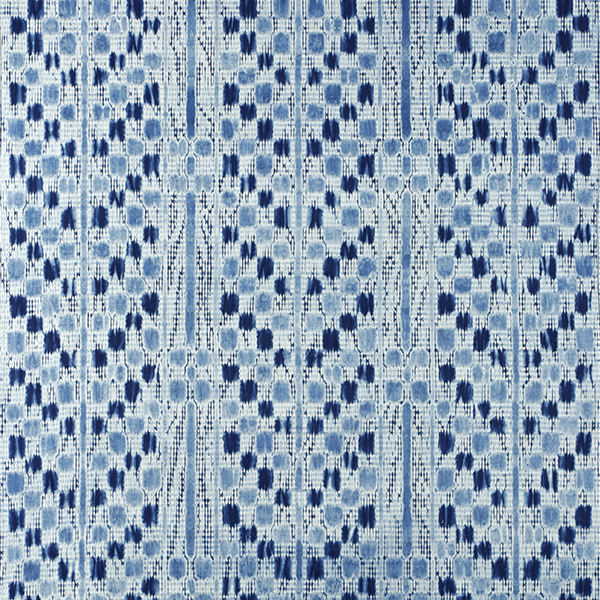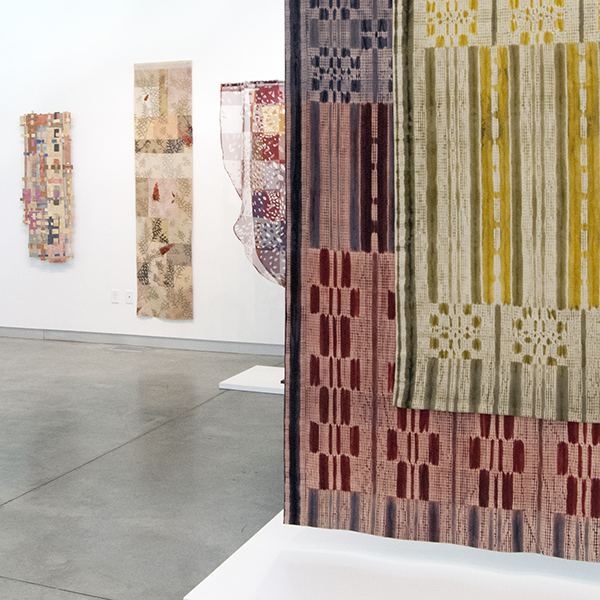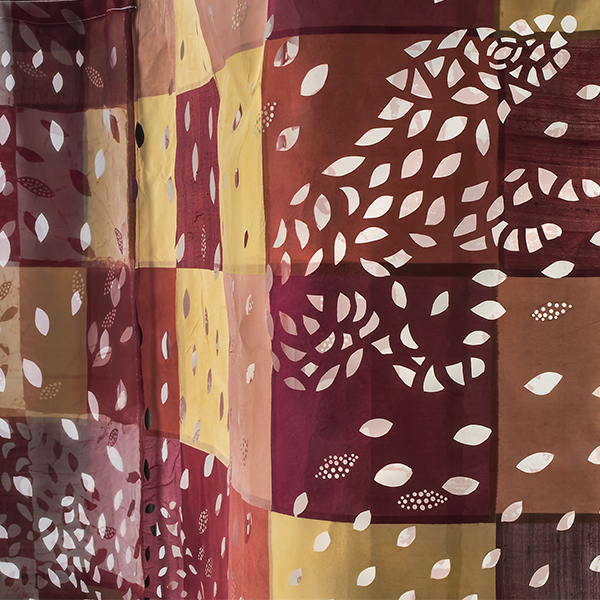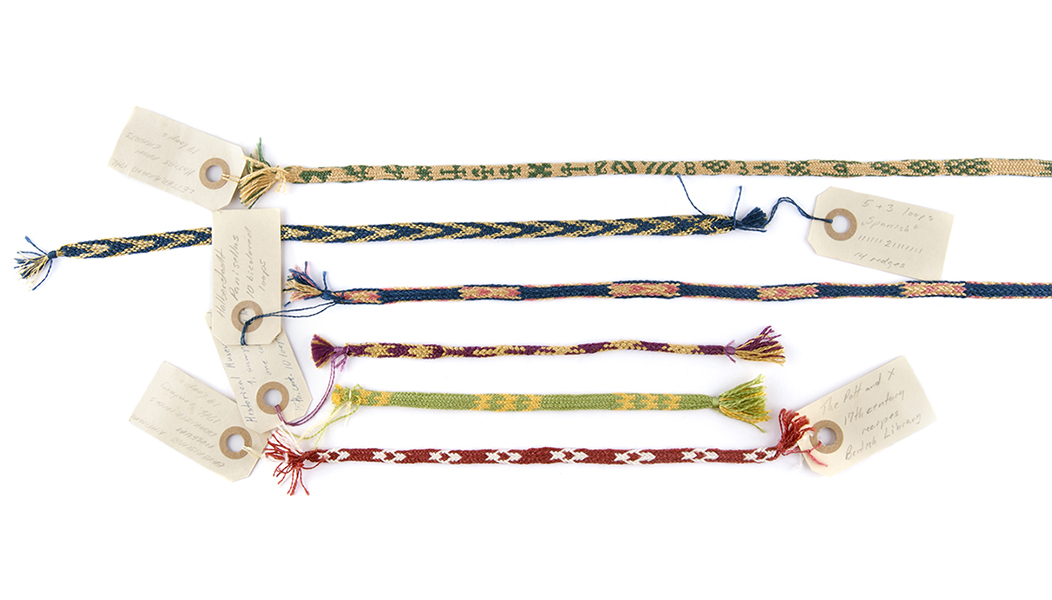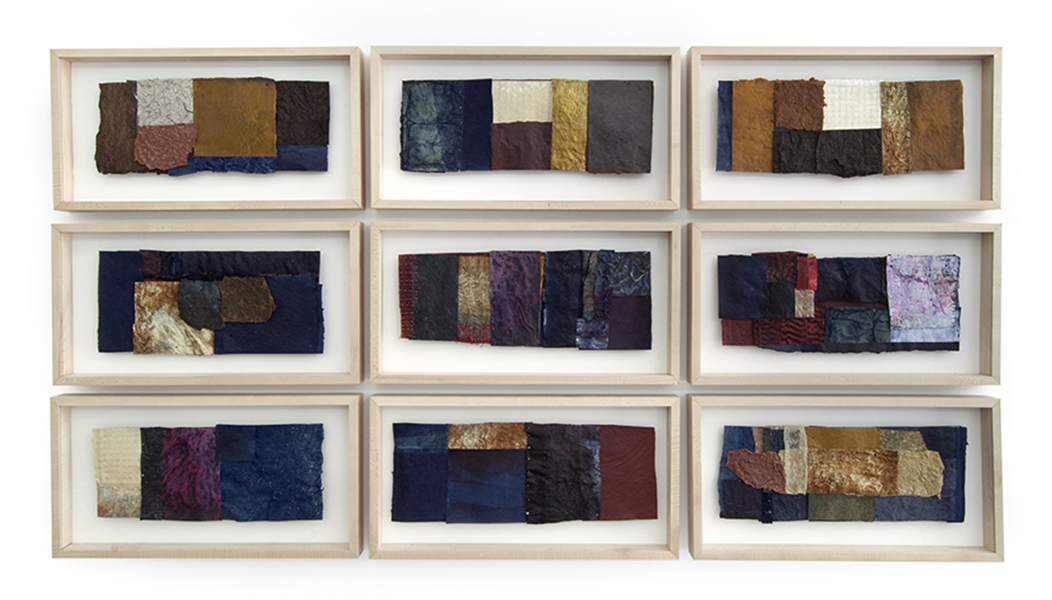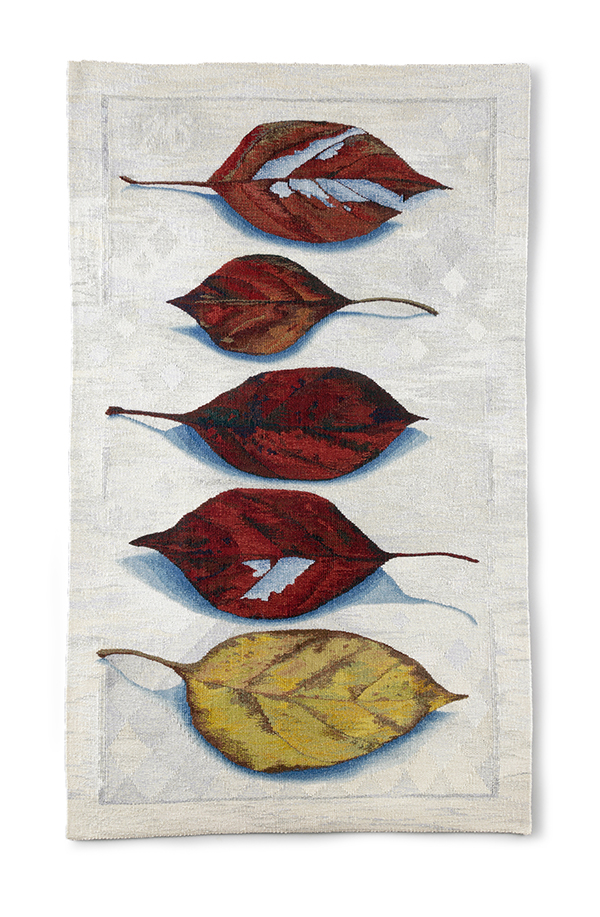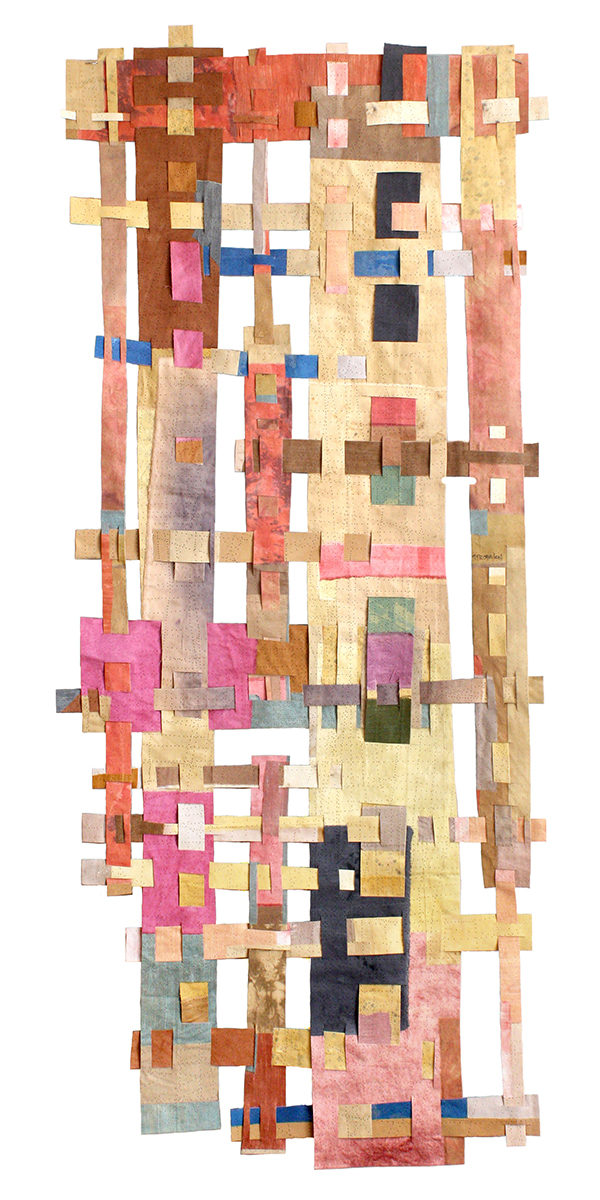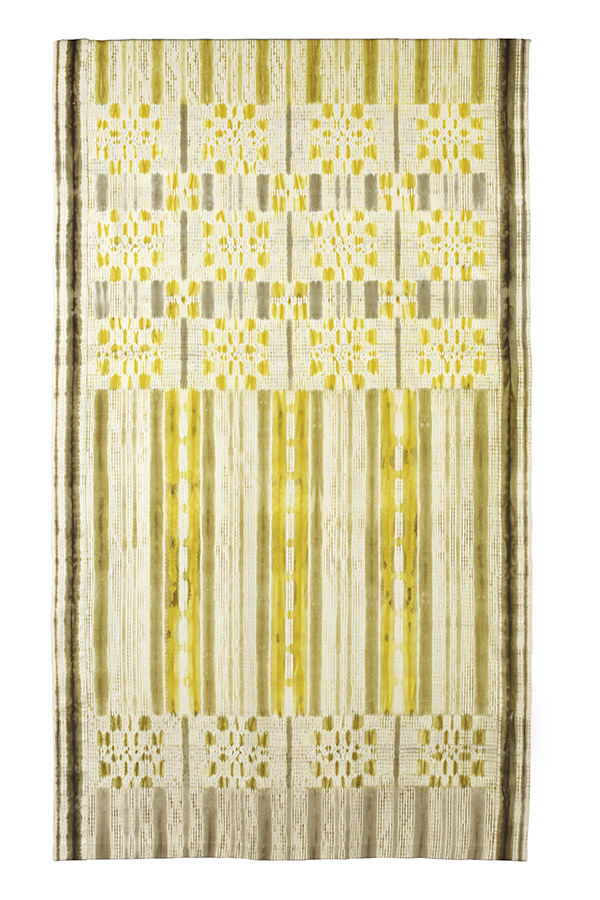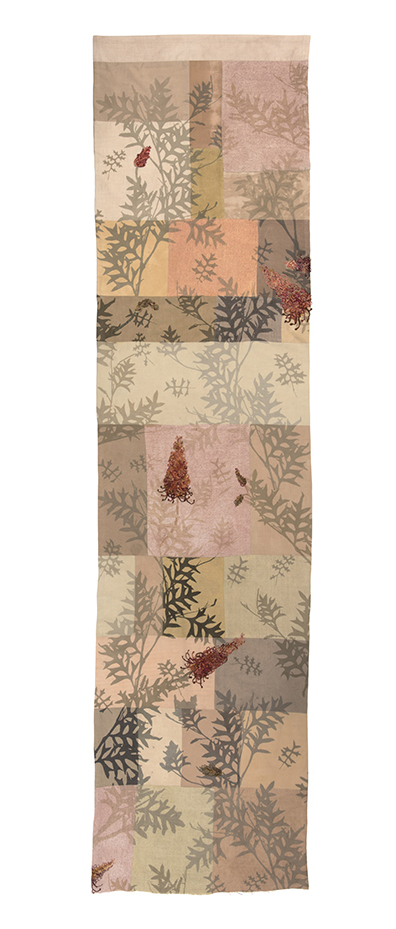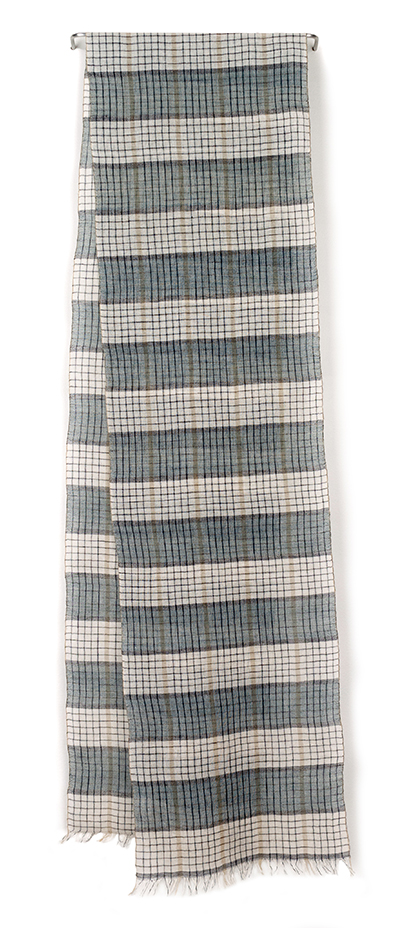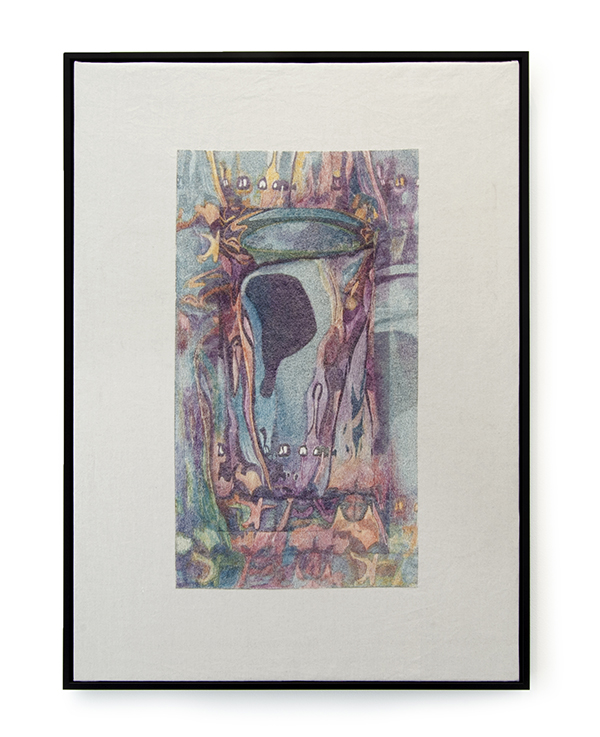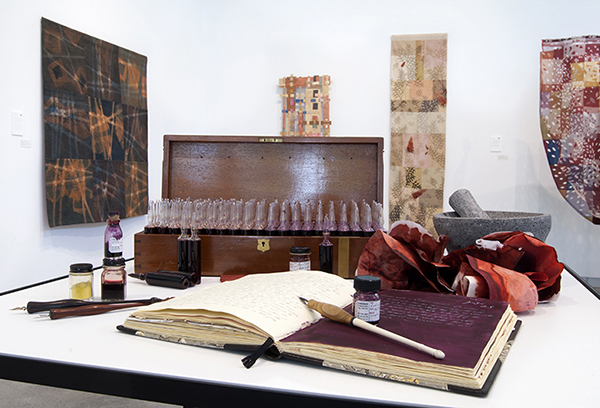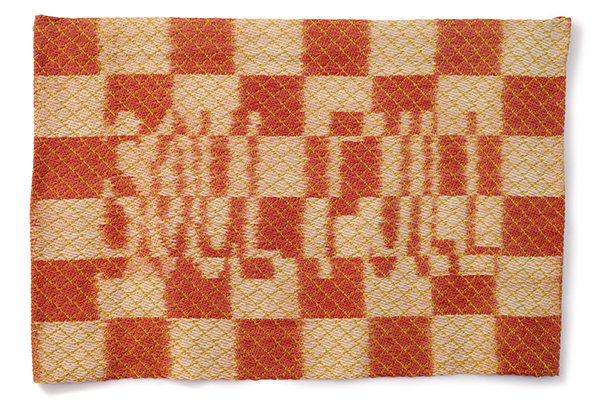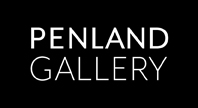FURTHER EVIDENCE
The Art of Natural Dyes
May 28 – July 14, 2019
Reception: Saturday June 15, 4:30-6:30PM

FURTHER EVIDENCE
The Art of Natural Dyes
Guest curator Catharine Ellis
Joy Boutrup
Heather Clark Hilliard
Akemi Nakano Cohn
Kim Eichler-Messer
Catharine Ellis
Mary Hark
Ana Lisa Hedstrom
Bethanne Knudson
Charllotte and Sophena Kwon
Tim McLaughlin
María Dávila and Eduardo Portillo
Rowland Ricketts
Chinami Ricketts
Julie Ryder
Tommye McClure Scanlin
Amanda Thatch
Wendy Weiss
For more information or to purchase works in the exhibition please contact Kathryn Gremley at gallerydirector@penland.org or 828.765.6211
While the term “natural dye” sounds simple and straightforward, it belies the complex depth of knowledge and passionate research that Catharine Ellis and others have devoted to the resurgence of this discipline. In a way that parallels the interest in slow food and molecular gastronomy, textile artists today have the tools and the desire to be both innovative and deeply analytical. They want to be good citizens of their culture and environment and still remain true to their artistic vision. They want their work to reflect a deep understanding of their materials. Thank you, Catharine, for shining the light on this group of explorers of natural dye.
Kathryn Gremley | Penland Gallery Director
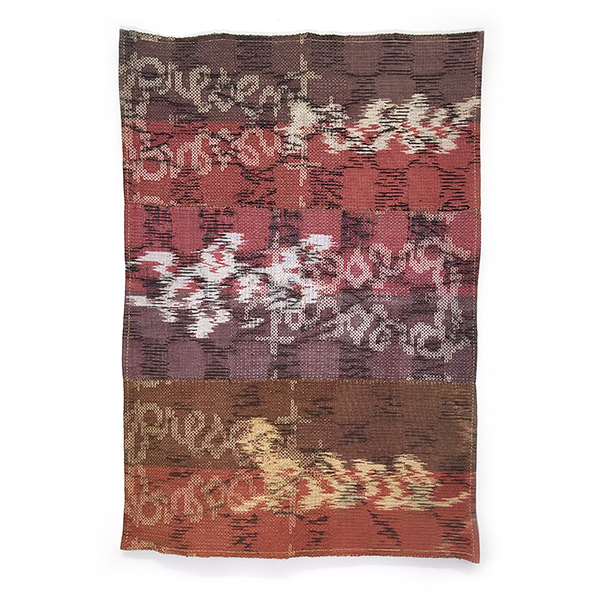
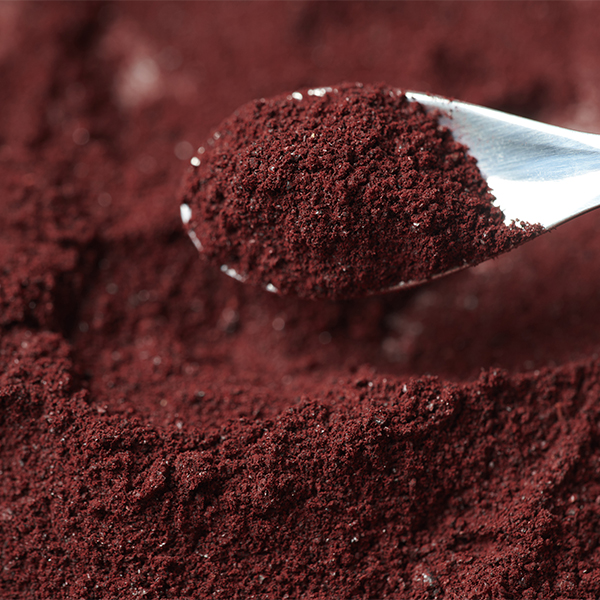

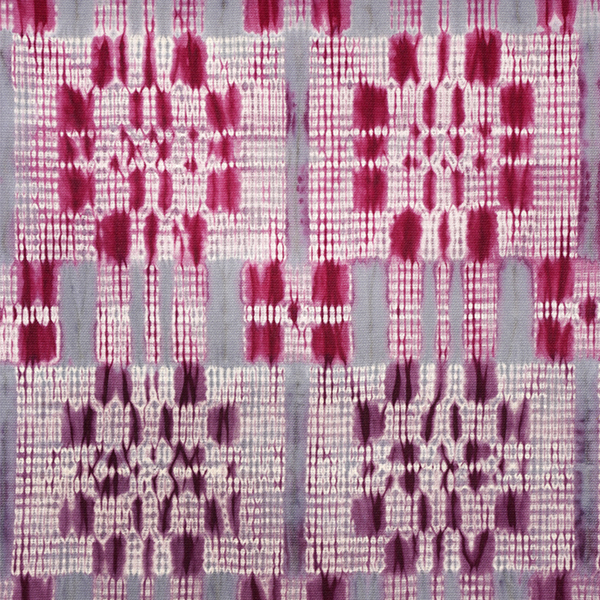
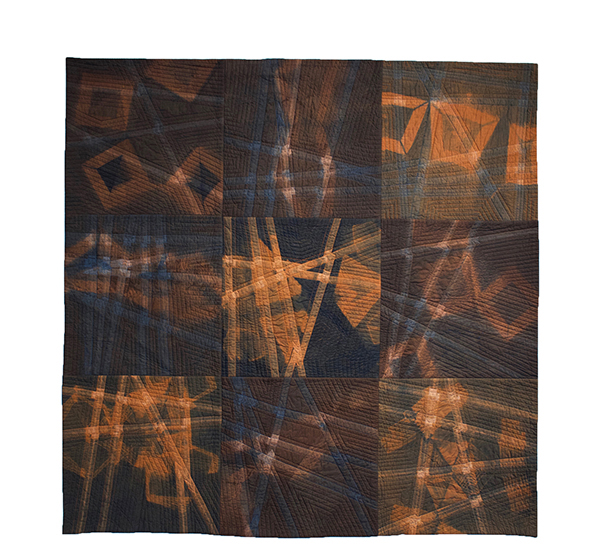
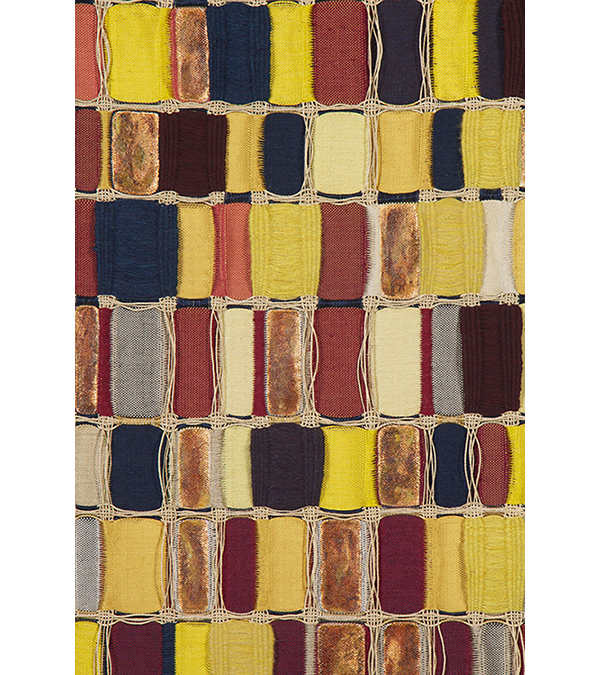
FUTHER EVIDENCE | The Art of Natural Dyes
Prior to the industrial revolution, natural dyes were the only source of color for textiles. They were used in the home, small studios, and industrial settings alike. Since that time many different classes of synthetic dyes, specific to select fibers, have been developed and used extensively. Famously, the 1960s and 1970s saw a “back to the land” movement. I received my first introduction to natural dyes during that period. We understood very little about natural dyeing, and many of us gathered plants without much direction, made dull colors that faded quickly, and ultimately abandoned the practice in favor of using more predictable and vibrant synthetic dyes. In the last ten years there has been a resurgent interest in natural dyes, influenced by a number of factors:
• The local food movement which has inspired dyers to pursue locally sourced color.
• Evidence of environmental issues of dye disposal, personal safety, and the polluting nature of synthetic dye production.
• Recognition of the scientific principles and methods related to natural dye choices and processes.
• Knowledge, experience, and guidance from leaders in the natural dye field.
In light of this evidence, I strongly believe that natural dyes are now a viable alternative to synthetic dyes for artists and artisans. When selected and used properly they will result in strong, long-lasting color. There is international communication between traditional dyers and contemporary artisans. The internet encourages active discourse and enables continuous learning. There is a strong global community of teachers and leaders who continue to move the field of natural dyeing forward. Joy Boutrup and I have been teaching textiles together at Penland for many years. Joy’s scientific knowledge and my studio practice are a unique combination of skills that has allowed us to explore many applications of textile finishing, dyeing, and construction.
When I began my own reimmersion in the natural dye world ten years ago, Joy and I began a dialogue that has resulted in natural dye classes and ultimately a book on the topic, The Art and Science of Natural Dyes. This is the book that I needed and wanted when I began my own exploration of natural color. I believe that dyers genuinely want to understand what they are doing and why. Each of the artists in this exhibition has made a long-term commitment to the use of natural dyes. Their work has included research into specific dyes and processes and how those dyes relate to and are incorporated into their own artistic vision.
Essay by Catharine Ellis | Guest curator, artist, and educator
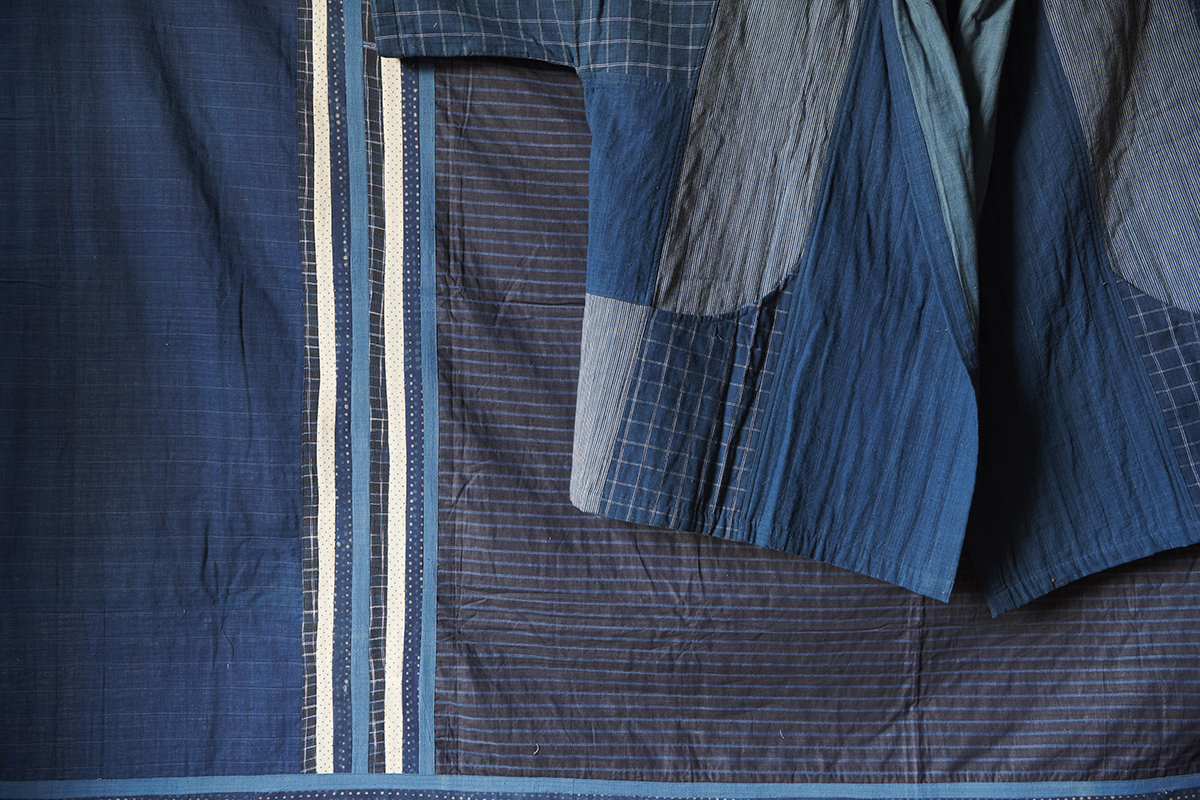
The smell of an indigo vat just as it begins fermenting and springs to life is one of ripeness; a moment of rich potentiality when, as a maker, I momentarily stand between the history of the materials and processes that helped me get the indigo thus far and the promise of all the works that the vat is still yet to realize.
Rowland Ricketts | Artist, educator
